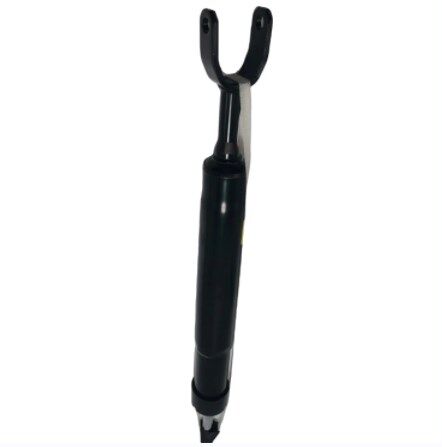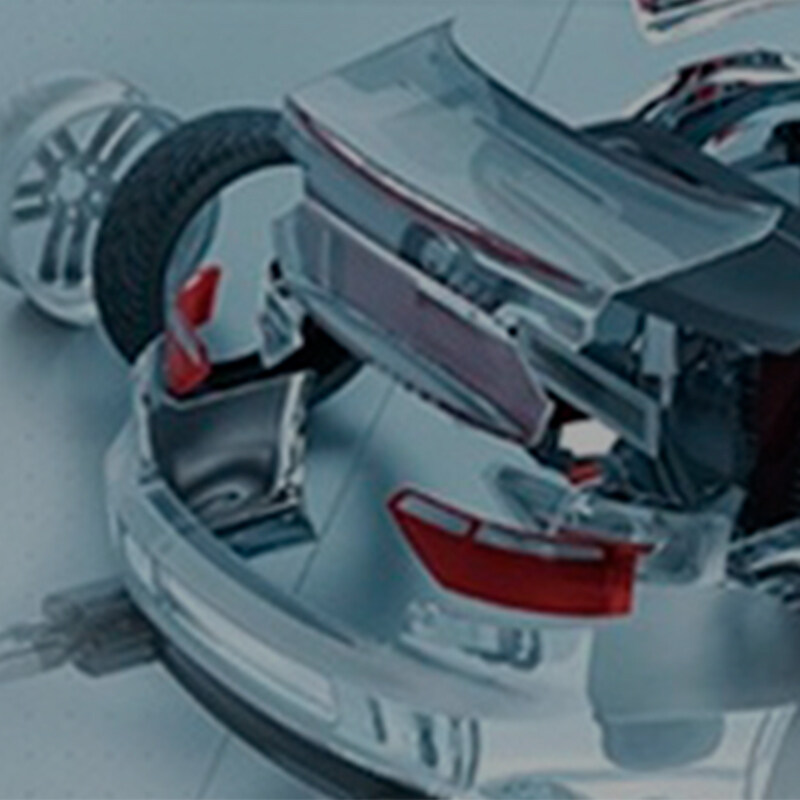Email format error
Email cannot be empty
Email already exists
6-20 characters(letters plus numbers only)
The password is inconsistent
Email format error
Email cannot be empty
Email does not exist
6-20 characters(letters plus numbers only)
The password is inconsistent

News

Understanding Shock Absorbers: Hydraulic vs. Gas
When it comes to vehicle suspension systems, shock absorbers play a crucial role in ensuring a smooth ride. Whether you’re cruising down the highway or tackling rough terrain, these components help manage the vehicle's stability and comfort. But not all shock absorbers are created equal. Two popular types are hydraulic shock absorbers and gas shock absorbers. In this blog, we'll dive into the differences between hydraulic shock absorbers and gas shock absorbers, exploring their mechanisms, benefits, and which one might be best suited for your needs.
What is a Shock Absorber?
Before we get into the specifics of hydraulic vs. gas shock absorbers, let’s briefly cover what a shock absorber does. A shock absorber is a part of a vehicle’s suspension system designed to dampen the impact and reduce the bouncing of the vehicle’s springs. By controlling the rate at which the suspension compresses and rebounds, shock absorbers help maintain tire contact with the road, improving safety and comfort.
Hydraulic Shock Absorbers: The Basics
Hydraulic shock absorbers, also known as fluid-based shock absorbers, have been around for a long time and are quite familiar in the automotive world. These shock absorbers use hydraulic fluid to manage the energy produced from the suspension's movement.
How They Work:
- Internal Mechanism: Inside a hydraulic shock absorber, there is a piston that moves up and down within a cylinder filled with hydraulic fluid. The piston is connected to a rod that extends and retracts as the vehicle's suspension moves.
- Fluid Compression: As the piston moves through the hydraulic fluid, it creates resistance. The fluid is forced through small orifices in the piston, which dampens the energy from the suspension's movement.
- Heat Dissipation: The hydraulic fluid absorbs the energy from the suspension movement and dissipates it as heat. This heat is then transferred to the surrounding air or cooling fins on the shock absorber.
Benefits of Hydraulic Shock Absorbers:
- Cost-Effective: Generally, hydraulic shock absorbers are less expensive to manufacture and replace compared to gas shock absorbers.
- Simplicity: Their design is relatively simple, which makes them easier to understand and repair if necessary.
- Smooth Ride: They are known for providing a comfortable ride, especially on smooth or mildly rough roads.
Drawbacks of Hydraulic Shock Absorbers:
- Heat Management: Hydraulic shock absorbers can suffer from heat buildup, especially under heavy use, which may affect their performance over time.
- Performance Under Extreme Conditions: They may not perform as well in extreme conditions, such as off-road driving or high-speed cornering, where heat management and damping consistency are crucial.

Gas Shock Absorbers: The Basics
Gas shock absorbers are a newer technology that incorporates gas to enhance the performance of the shock absorption system. They are designed to address some of the limitations of hydraulic shock absorbers.
How They Work:
- Internal Mechanism: Like hydraulic shock absorbers, gas shock absorbers also have a piston that moves within a cylinder. However, these absorbers are filled with a combination of hydraulic fluid and pressurized gas (usually nitrogen).
- Gas Compression: The gas inside the shock absorber is compressed as the piston moves, which helps to reduce aeration of the hydraulic fluid. This prevents the formation of air bubbles that can diminish the shock absorber's performance.
- Improved Damping: The gas helps to maintain consistent damping performance and reduces the chances of shock fade, which can occur in hydraulic systems due to heat buildup.
Benefits of Gas Shock Absorbers:
- Enhanced Performance: Gas shock absorbers offer better performance in extreme conditions, such as off-road driving or high-speed cornering, due to improved heat dissipation and reduced aeration.
- Consistency: They provide more consistent damping performance over a wider range of conditions.
- Longevity: The incorporation of gas helps to extend the life of the shock absorber by preventing fluid aeration and maintaining better heat management.
Drawbacks of Gas Shock Absorbers:
- Higher Cost: They are generally more expensive than hydraulic shock absorbers, both in terms of initial purchase and replacement.
- Complexity: The design is more complex, which can make them more challenging to repair.
Hydraulic Shock Absorber vs. Gas Shock Absorber: A Comparative Look
Now that we have a basic understanding of both types of shock absorbers, let’s compare them directly.
Performance:
- Hydraulic Shock Absorbers: Adequate for everyday driving and moderate off-road conditions. However, they might struggle with consistent performance under extreme driving conditions due to heat buildup and fluid aeration.
- Gas Shock Absorbers: Superior performance in challenging conditions, including off-road and high-speed driving, thanks to their ability to handle heat and maintain consistent damping.
Comfort:
- Hydraulic Shock Absorbers: Known for providing a smooth and comfortable ride, particularly on well-maintained roads. They excel in everyday driving scenarios where comfort is a priority.
- Gas Shock Absorbers: Also provide a comfortable ride but with the added benefit of better handling in varied conditions, including rough and uneven surfaces.
Cost:
- Hydraulic Shock Absorbers: Generally more affordable, making them a good choice for budget-conscious drivers or those who primarily drive on well-maintained roads.
- Gas Shock Absorbers: Higher cost, but this can be justified by their enhanced performance and durability, particularly for drivers who need superior handling and durability.
Durability:
- Hydraulic Shock Absorbers: May experience reduced performance over time due to heat and fluid aeration. They can also be more prone to wear and tear in demanding conditions.
- Gas Shock Absorbers: Typically more durable and long-lasting due to better heat management and reduced fluid aeration.
Choosing the Right Shock Absorber
When deciding between hydraulic and gas shock absorbers, consider your driving needs and budget:
- For Everyday Driving: If you mainly drive on paved roads and are looking for a cost-effective solution, hydraulic shock absorbers might be sufficient.
- For Varied Conditions: If you frequently encounter rough terrain, drive at high speeds, or require a shock absorber that can handle extreme conditions, gas shock absorbers are likely the better choice.
Conclusion
In summary, hydraulic shock absorbers and gas shock absorbers each have their strengths and weaknesses. Hydraulic shock absorbers offer a budget-friendly option with a simple design and a comfortable ride for everyday driving. On the other hand, gas shock absorbers provide enhanced performance, consistency, and durability, especially in demanding conditions. Understanding these differences can help you make an informed decision based on your specific driving needs and preferences. Whether you choose hydraulic or gas shock absorbers, both types play a crucial role in ensuring your vehicle remains stable, comfortable, and safe on the road.

